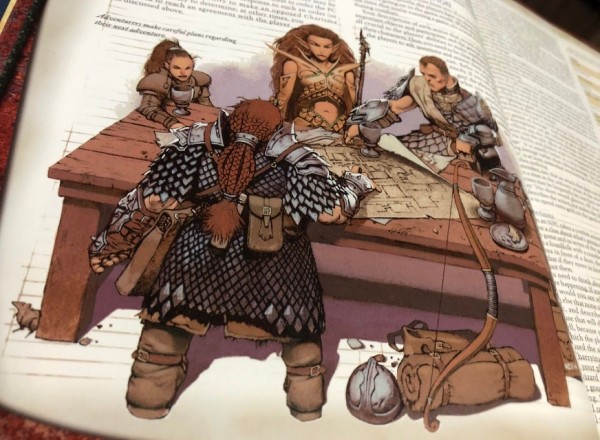
2022-07-06

I said I'd write a bit about 3rd edition. It boils down to three things:
There's plenty wrong with 3rd edition in the frame of "Real D&D," but it's an entertaining enough game that it's provided my friends and I with thousands of hours of enjoyment – maybe more. If you want to "build" your character and select key magic items for that "build," 3.5 is basically the greatest RPG ever created for that kind of gameplay and I highly recommend it.
There are a lot of other old-school-style gamers who appreciate 3rd edition. It's just a popular meme to hate on it, like other popular memes. As a successor to AD&D, 3.5 is a failure. As a standalone game – a "D&D: Tactics," if you will – it's a good game. And depending on your style, you might prefer it over "Real D&D."
Some of the misrepresentation of the game in the last 10-20 years stems from misunderstanding of the game's weaknesses. This is highlighted by the popular belief that Pathfinder "fixed" a lot of those weaknesses. I completely disagree.
The prevailing homebrew for 3rd edition "fixes" "balance issues" and "streamlines" systems. It rarely – if ever – replaces the inferior game systems (character advancement, multi-classing, magic item crafting, "Leadership"), restores the numerous missing systems (morale, reaction, mass combat, domains, timekeeping), deletes the harmful systems (d20 system skills, feats), adds the missing DM content (such as proper wilderness encounter tables), or fixes the "Numbers Go Up" game design.
You might ask, "why not just play AD&D?" Indeed, why not. But I think there was (is?) room for something between AD&D and 3rd. A game that offers 3.5-style gameplay without giving up so much of its predecessors'. So it's worth thinking about this stuff.
Despite its issues, I don't heavily modify 3.5. I don't try to make the game something it isn't. I don't try to make it AD&D. And I certainly don't attempt to rebalance classes or "nerf" the "power level." When I play 3.5, I play it RAW, with a few tweaks.
In my present 3.5 campaign, I have the following house rules:
Tweaks 1-4 above are huge value for little cost. Even players who don't care for AD&D can be convinced of these tweaks, and their value quickly becomes obvious. When you consider that tweak #2 is actually kinda RAW, you have 3.5 house rules for 3.5! I'll be writing more about their importance in D&D later. I'll also write about high-level play in D&D, and why it should be celebrated – even in 3.5.